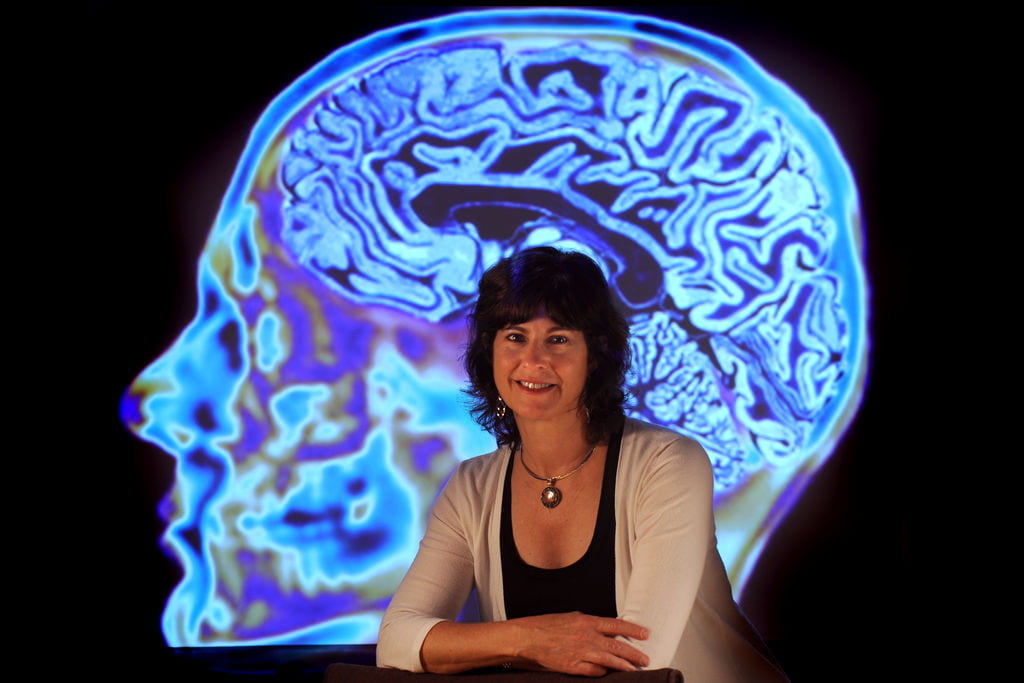Promoting global stem cell research awareness
The international scientific community has declared Wednesday, Oct. 6, Stem Cell Awareness Day to celebrate both the advances already made in that area of research and the promise it holds for the future. As a nationally recognized leader in the field, UC Irvine will commemorate the day with two events.

The international scientific community has declared Wednesday, Oct. 6, Stem Cell Awareness Day to celebrate both the advances already made in that area of research and the promise it holds for the future. Global activities will culminate with the World Stem Cell Summit in Detroit.
As a nationally recognized leader in the field, UC Irvine will commemorate the day with two events. The campus is widely known as a hub for researchers, physicians and community activists working together to find stem cell-derived cures and therapies for human health issues ranging from spinal cord injury and neurodegenerative diseases like Alzheimer’s and Huntington’s to multiple sclerosis and eye disorders.
“The day offers a unique global opportunity to foster greater understanding of stem cell research and its potential applications,” says Peter Donovan, director of UCI’s Sue & Bill Gross Stem Cell Research Center.
To highlight the impact of this work, the center will host an open house Oct. 6 for local grade-school teachers. The event will feature a panel discussion led by UCI neurobiologist Leslie M. Thompson, who is creating a new stem cell line to more effectively study and treat Huntington’s, and Frances Saldana, an advocate for people who have this currently incurable disease. Afterward, the teachers will tour UCI’s stem cell facilities.
Additionally, the center will host a daylong Stem Cell Research Symposium on Friday, Oct. 8, at Sue & Bill Gross Hall: A CIRM Institute. UCI scientists will present basic and translational stem cell research findings on a number of disease-related topics, with Q&A time after each. A reception and student poster session will follow the lectures.
This year has been particularly noteworthy for UCI’s stem cell research team. In May, the campus dedicated the $80 million, 100,000-square-foot Gross Hall, the first major stem cell facility in Southern California. In July, the U.S. Food & Drug Administration signed off on the world’s first clinical trial in people of a human embryonic stem cell-based treatment developed by UCI neurobiologist Hans Keirstead to reestablish motor function after acute spinal cord injury.
More than 40 researchers from UCI’s schools of medicine, biological sciences, physical sciences and engineering are engaged in work supported by the Sue & Bill Gross Stem Cell Research Center. They have obtained $62.5 million in grant funding from the California Institute for Regenerative Medicine, ranking UCI sixth among recipient institutions.
Other 2010 center highlights include:
- Scientists Aileen Anderson and Brian Cummings became the first to demonstrate that human neural stem cells can restore mobility in cases of chronic spinal cord injury, suggesting their prospective use in a much broader patient population.
- Molecular biologist Tom Lane garnered a Collaborative MS Research Center Award from the National Multiple Sclerosis Society to assemble a team to investigate stem cell therapies for regenerating MS-ravaged nerve tissue.
- Anderson and geneticist Marian Waterman got CIRM grants totaling more than $2.6 million to study the underlying biology of stem cells.
- A Keirstead-led group utilized human embryonic stem cells in a potential treatment for spinal muscular atrophy, a severe genetic disorder that kills babies during their first year of life. Keirstead hopes this will soon lead to the world’s second human embryonic stem cell-based clinical trial. And separately, he and UCI colleague Gabriel Nistor created the first three-dimensional tissue structure from stem cells, which they believe could one day be used to replace damaged retinas.